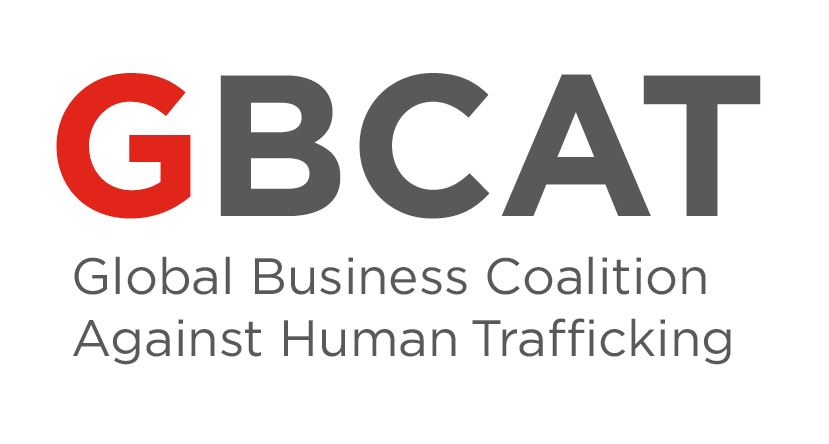By Thi Hoang, Global Initiative against Transnational Organized Crime (GI-TOC)
The past decade has seen a growing number of regulatory frameworks directed at tackling human trafficking. Under these frameworks, businesses are required to disclose their efforts to address human trafficking in their operations and supply chains and to conduct human rights due diligence more thoroughly (see, for example, the California Transparency in Supply Chains Act 2010, the UK Modern Slavery Act 2015, the French Corporate Duty of Vigilance Law 2017 and the Australian Modern Slavery Act 2018). In addition, a plethora of resources has been made available to help business and anti-trafficking organizations identify, prevent and address human trafficking.
But these resources and regulations are not in themselves sufficient to tackle the phenomenon of human trafficking. Within the anti-trafficking community, there is broad consensus that regulations regarding human trafficking in supply chains are rarely enforced. Further, many resources – especially anti-labor trafficking tech tools developed to support business – lack due follow-up and updates, and therefore risk losing momentum. There are also numerous tech tools with similar functions, goals and corporate target users, according to Tech Against Trafficking’s global mapping of tech tools, pointing to a duplication of effort. Coordination between relevant stakeholders from the private sector, anti-trafficking organizations and governmental/law-enforcement agencies is therefore essential to maximizing the efficiency of the available resources.
Enhancing anti-trafficking corporate partnerships
As with many human rights challenges, anti-trafficking efforts require partnership. However, with the recent proliferation of anti-trafficking organizations, it is often difficult for business to find the most relevant partner to work with.
To address this gap, a consortium of organizations (including the Global Business Coalition Against Human Trafficking, the RESPECT initiative, the International Labour Organization and the United Nations Global Compact) developed the Interactive Map for Business of Anti-Human Trafficking Organisations in May 2018. The map uses a variety of filters (e.g. by industry, geography, etc.) to home in on the appropriate organizations and initiatives. As of January 2021, the map lists over 200 anti-trafficking entities that the private sector could partner with to combat human trafficking.
An analysis of trends and gaps in the current anti-trafficking corporate partnership landscape reveals that only around one quarter of listed entities support business in addressing recruitment-related issues, despite the fact that abusive and fraudulent recruitment practices are reportedly among the key factors leading to increased vulnerability and labor exploitation in global supply chains.
In addition, the majority of listed entities partnering with business have a cross-industry focus (60 percent), while companies tend to be more industry-specific in the products and services they offer. Similarly, 40 percent of the entities have a global focus, while business might need more region-specific expertise and support in high-risk areas, such as the Middle East, Africa, Latin America and the Caribbean. More research and understanding of the impact and effectiveness of these cross-industry and globally oriented entities (as compared to their industry-specific and regional counterparts) is therefore urgently needed.
The analysis also highlights the challenges hindering anti-trafficking corporate partnerships. As well as the absence of updated information on many entities and their work (which poses an obstacle to businesses engaging with them), many entities lack clear public information on services and support offered, including the type of partnerships, workstreams and outputs available to the private sector.
While growing attempts by anti-trafficking stakeholders to engage and partner with business are welcome and needed, given the important role the private sector plays in preventing and mitigating human trafficking, this should occur more strategically to maximize impact.
To achieve this, anti-trafficking stakeholders are therefore recommended to:
1. Stay current
· maintain up-to-date, clear and public information regarding corporate partnerships, overall work and contact details;
· follow up on published resources and tools, and update them on a regular basic;
2. Target communications at the private sector
· articulate clearly and publicly (including in media channels) how they can support and engage with the private sector. Such communication could include the presentation of sector-specific case studies and examples of training support or business partnerships;
· budget for follow-up, evaluation and outreach activities in their programs and initiatives;
3. Engage the private sector to ensure that service offerings meet their needs
· consult with business regarding their needs for support, rather than designing resources, guidelines and tools solely from the third sector perspective;
· conduct research (including by consulting the Interactive Map) before designing and developing programs, services, and resources for and with business, to prevent duplication of effort;
· focus less on creating additional tools and more on getting them to the right audiences by actively marketing pre-existing tools, resources and the available support to the relevant business groups.
